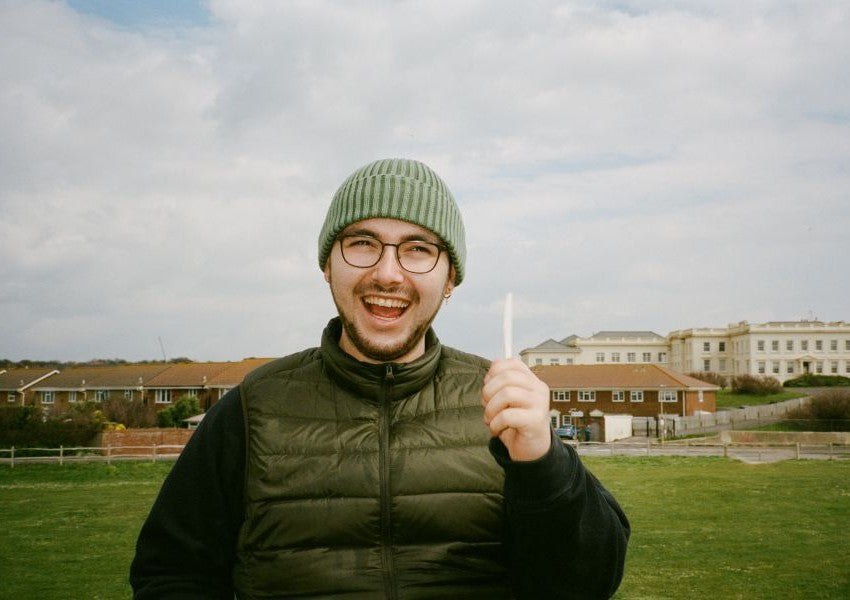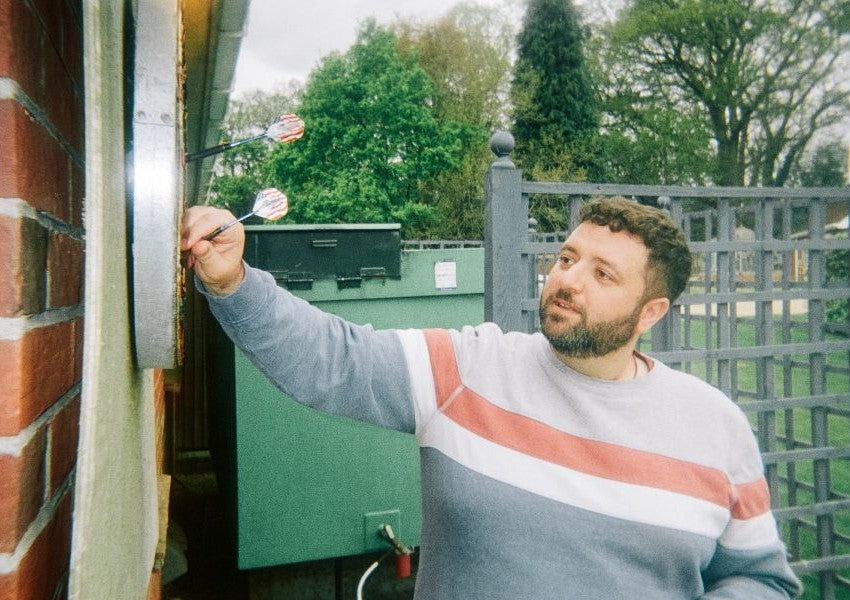While Finasteride can play a role in stopping the regression and shrinkage of your hair follicles, there may also be a chance that the medication will spark regrowth in your hair. With patience and consistent consumption, you give yourself the best chance of achieving your desired results - but just how realistic is regrowth with Finasteride?
How realistic is Finasteride regrowth?
For nearly 30 years years, Finasteride has been used by professionals as a treatment for male pattern hair loss and is widely recognised as the most effective treatment, followed by Minoxidil. In fact, a wide variety of medical journals over the decades have supported the effectiveness of Finasteride, testifying to its safety and efficacy. This study showed that 66% of those men taking Finasteride daily for two years saw substantial improvement in their hair growth. However, Finasteride can stop hair loss effectively in 90% of men, which is our baseline expectation.
In another large-scale study on the effects of Finasteride, researchers found that, over two years, the majority of men who took Finasteride significantly increased the hair count on their heads. The average at the start of the study counted 876 hairs per square inch of balding vertex scalp, but after the study, that number increased to 1,014 (a 16% increase). Even in the patient’s self-assessments, they ‘demonstrated that finasteride treatment slowed hair loss, increased hair growth, and improved appearance of hair.’ Ultimately, the science shows that Finasteride regrowth is a possibility.
How long does Finasteride regrowth take?
If you’re still not seeing Finasteride results after a few months - don’t fret. Patience is key when waiting for Finasteride to have an impact on your hair loss, with regrowth requiring a bit more time. Even the difference between one year and two years can be stark, as shown in the previously mentioned studies. However, it’s vital to understand that consistency is pivotal to achieving those desired results too. Even skipping one or two days in a week can eventually disrupt the work that Finasteride is doing, leading to less impressive results later down the line. We always suggest matching up your daily dosage with another daily habit, such as brushing your teeth in the morning or taking your lunch break.
On top of that, combining Minoxidil with your daily Finasteride tablet could give your results that extra boost. As the second clinically approved treatment for hair loss, Minoxidil works synergistically with Finasteride to help stop hair loss and promote regrowth.
Ultimately, Finasteride regrowth relies on a variety of factors, including consistency of consumption, patience and your body’s reaction to the medication. If you’re interested in taking action against your hair loss and encouraging regrowth, take a consultation today.
All of our blog articles are reviewed by our Medical Director before publication.







